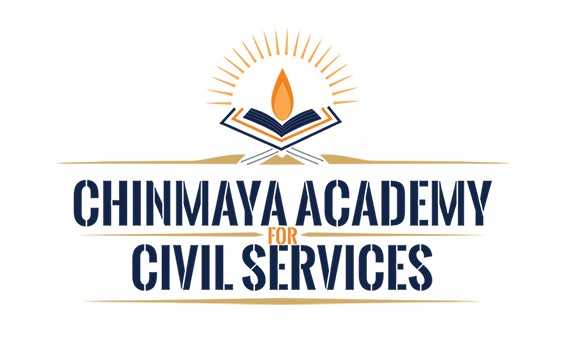As far as the UPSC civil services test is concerned, geography is a crucial subject. Additionally, the commission offers geography as an elective, and statistics show that it is one of the most well-liked electives available. Particularly among applicants with backgrounds in both science and the arts, its reasonable nature and scoring capacity make it a popular choice. If you want to pass the IAS exam, studying Geography is necessary even if you do not choose it as an elective.
The syllabus for Geography is often overwhelming for candidates who select it as an elective subject in the UPSC. Despite the extensive curriculum, the subject is reasonably simple to prepare because there is plenty of study material available and it is frequently asked about in the Mains exam. In addition, while studying for General Studies, a sizable percentage of the geography topic can be covered. This subject’s topics cover economic geography, human and physical geography, and India’s geography.


